Free Courses Sale ends Soon, Get It Now


Free Courses Sale ends Soon, Get It Now


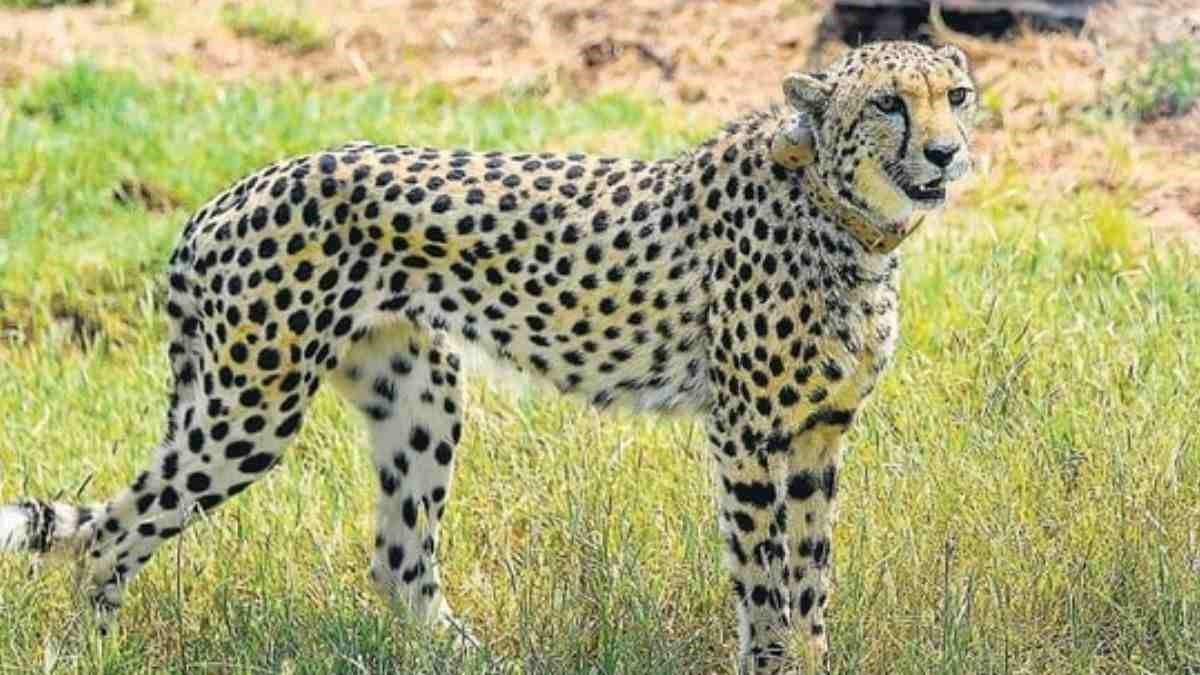
Disclaimer: Copyright infringement not intended.
Context
About
Initiation
Objectives
Project Cheetah aims to achieve the following ecological objectives:
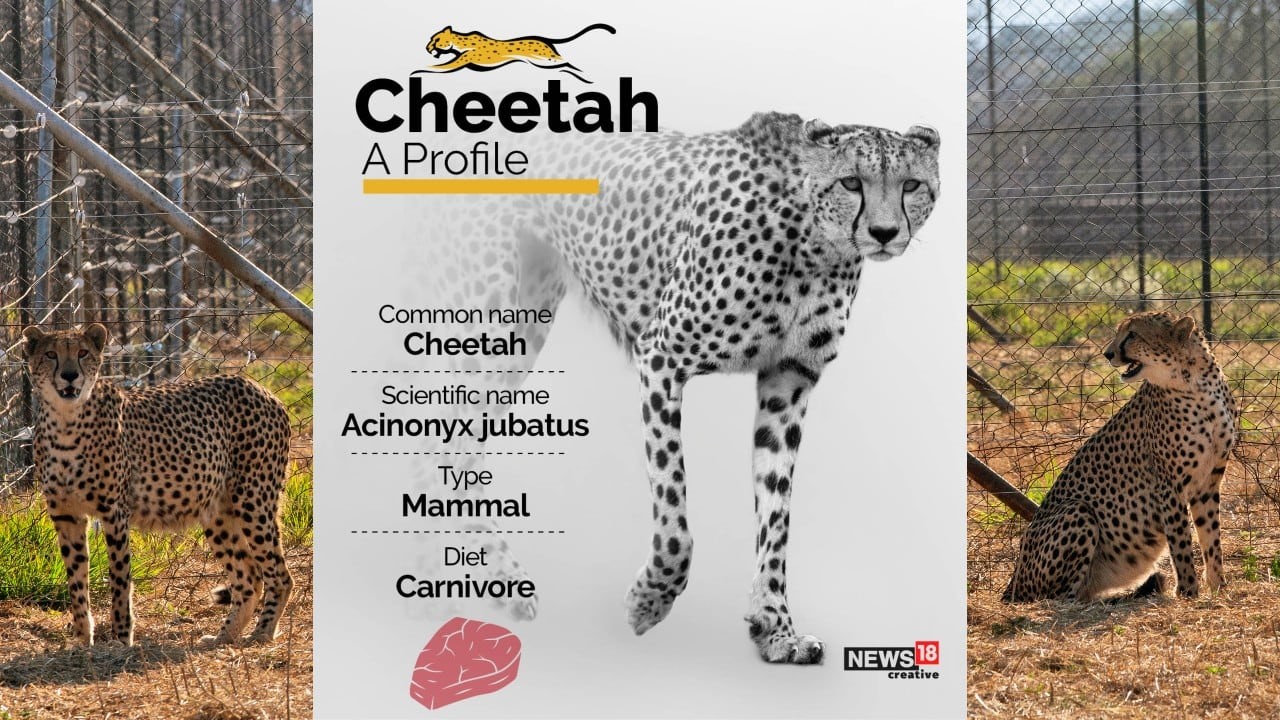
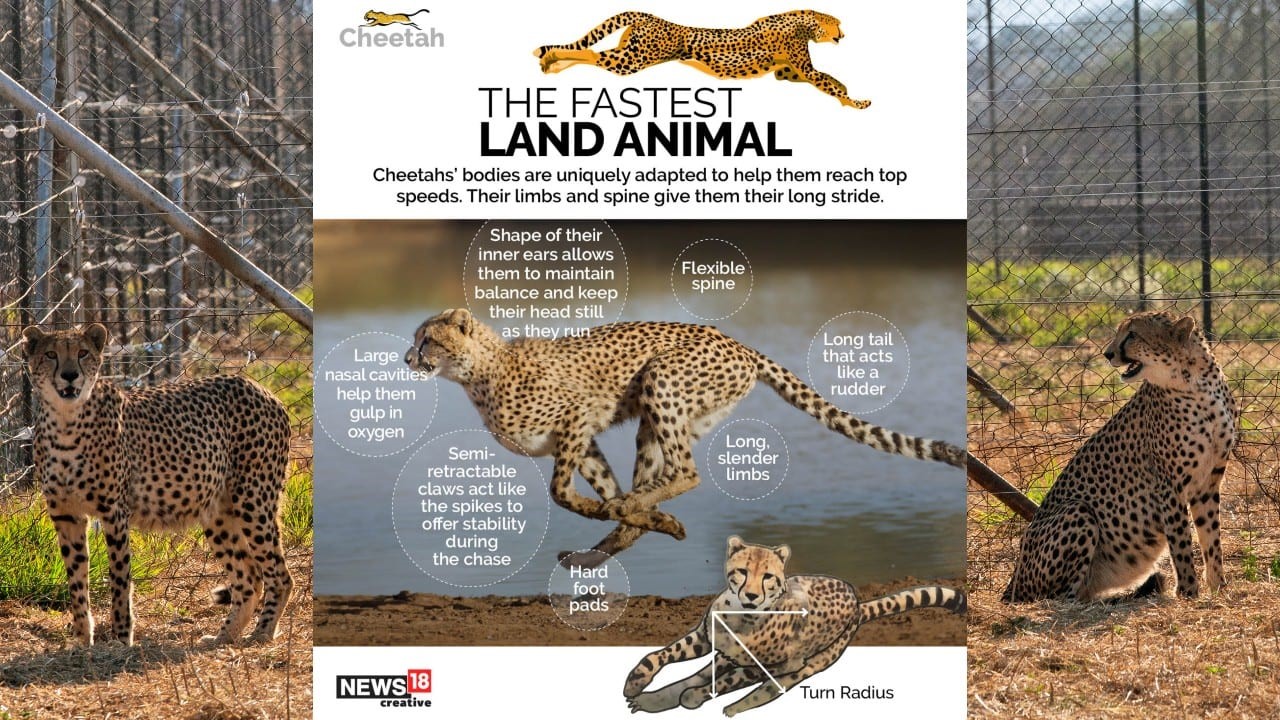
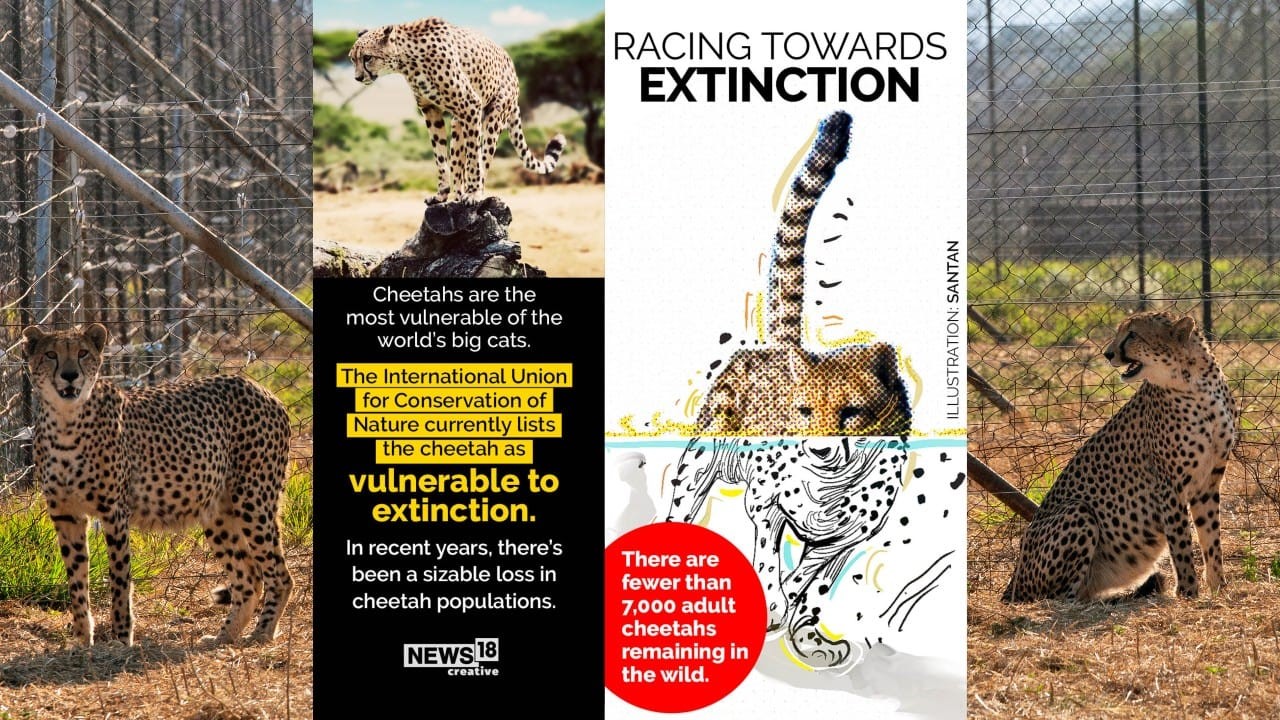
One year of Project Cheetah
The claims assessed
SURVIVAL:
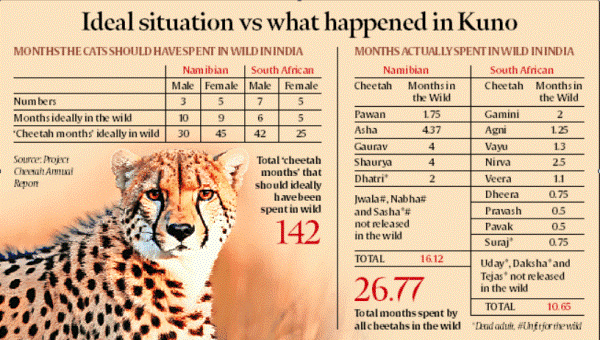
HOME RANGE:
REPRODUCTION:
LIVELIHOOD:
Compromises, mistakes
Kuno’s carrying capacity
Looking Ahead
READ:
https://www.iasgyan.in/daily-current-affairs/cheetahs-in-india
https://www.iasgyan.in/daily-current-affairs/cheetah
|
KUNO NATIONAL PARK Kuno National Park is a national park and Wildlife Sanctuary in Madhya Pradesh. It derives its name from Kuno River. It was established in 1981 as a wildlife sanctuary. In 2018, it was given the status of a national park. It is part of the Khathiar-Gir dry deciduous forests ecoregion. |
|
PRACTICE QUESTION Q. Project Cheetah is India's ambitious initiative to reintroduce cheetahs after their extinction in the country. What has been the performance of the Project in the recent past? Evaluate. |
© 2024 iasgyan. All right reserved